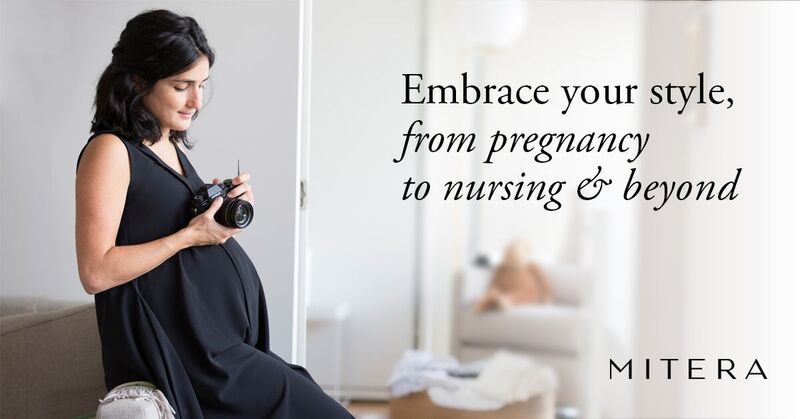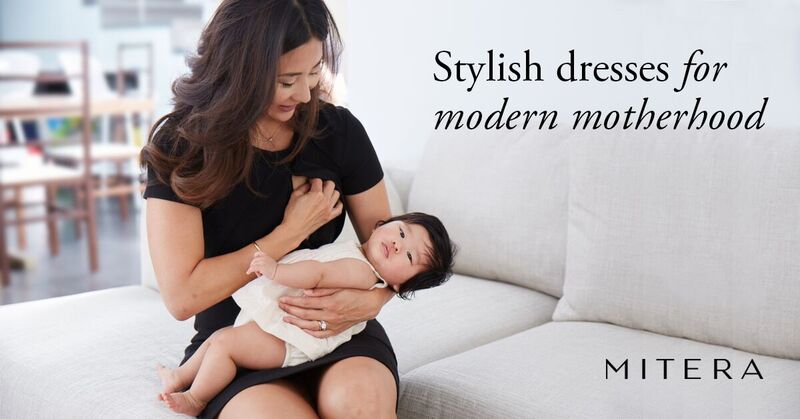Postpartum Depression: Ending the Stigma
Guest Contributor: Haley Rolff
"The exact rate of postpartum depression is unknown because there are so many undiagnosed cases. In the US, it’s estimated that up to 80% of women who give birth will experience some form of it, whether it’s the “baby blues” or a more severe type of postpartum depression (American Pregnancy Association). There are 4 million live births a year which means that 3.2 million women are at risk! This is before taking into account the women who have experienced stillbirths (about 24,000 happen each year in the US) and miscarriages (which happens between 660,000 and 880,000 times a year in the US) (CDC, Mayo Clinic).
As for clinical postpartum depression, specifically, about 900,000 cases are diagnosed each year (Postpartum Progress). Medical experts estimate that, when taking undiagnosed cases into account, that number could be twice as large!
Why are there so many undiagnosed cases? After conducting research and going through over 250 interviews (with moms, dads, and postpartum specialists) a team of students at Northwestern University speculate that the culture around postpartum lifestyle in the US may be a major factor.
When asked whose health came first (between the mom’s health or the baby’s health) the universal response of parents was the baby’s health. Moms think that the baby’s health comes first so much so that many of them don’t eat enough, rest enough, or practice enough self-care. Instead, they overexert themselves trying to obtain the “perfect motherhood” which many characterize with impossibly high standards in terms of the state of a mom’s baby, home, and over-all image.
Let’s start with the standards around the baby. It begins with the baby shower, where the mom receives stylish onesies, blankets, and tiny socks for her baby, who, not only is too young to enjoy its ‘gifts,’ but will quickly outgrow most of it. Those things then turn into more clutter for a mom to worry about.
Beyond the culture around the baby’s style, moms are most worried about their baby’s health. They also feel pressure to spend as much time as possible holding and interacting with her infant for the good of its development (an overwhelming message that is constantly pitched on parent blogs and other social media). Moms then feel incredibly guilty if her baby cries excessively, have issues feeding, or get sick because they see it as a sign of failure as a mom. In reality, these problems are normal and actually shared by most parents.
On Facebook, Pinterest, and Instagram, however, no one posts about these problems which make them seem uncommon and a sign of bad parenting. Parents on Facebook mostly post about the positives. Why would you want to update your friends, family, and coworkers about the fact that your infant isn’t taking to breastfeeding, or is causing you to suffer from sleep deprivation? It’s easier to post cute pictures of infants’ moments of joy and pretend that life is always blissful. Moms on Pinterest post about incredible DIY baby projects, intricate baby fashion, and picture perfect homes. They don’t post about the house getting messy when parenting gets super demanding, or the sweatpants they throw on when they don’t have time to choose a stylish new mom outfit (which is much more common). Instagram is where celebrity moms and fitness-bloggers-turned-moms post their rapid postpartum recovery: somehow they get a six pack a month after giving birth, and their makeup is always perfect. In reality, the postpartum recovery process takes a while and each body has different needs and fitness restrictions.
All of this culminates into unrealistic standards for motherhood. According to the interviews, many moms who looked back on past pregnancies admitted to buying into some of these standards and regretted the toll it took on their own well-being (some interviewees revealed that they had undiagnosed postpartum mental illnesses).
Not only do these standards play a role in damaging the well-being of many moms, but it also plays a role in creating a stigma around postpartum mental illnesses, by constantly plugging that motherhood is an overall joyful experience. Although some people (even celebrities like Chrissy Teigen) are starting to talk about their experiences with postpartum depression, it is still vastly overshadowed and stigmatized by much of the media, or simply downplayed to “baby blues” which invalidates those who actually have clinical postpartum depression.
If you or a mom you know may be suffering from a form of postpartum depression, seek help from a doctor, (midwife), or a support group. Talking to people and sharing experiences is the only way to end the stigma, because it normalizes what has been wrongfully projected as obscure and shameful: mental illness. More importantly, it provides moms the support they need. Every mother deserves to be healthy, and every baby deserves a healthy mother.
Bundles of Health, a startup born out of Northwestern University, aims to give new moms better care postpartum. The company offers a curated selection of the most useful gifts to include in a baby registry. Instead of onesies, blankets, and socks, Bundles of Health allows family and friends to gift the mom-to-be a month of housecleaning, food delivery, or a postpartum doula. To add to your Amazon, Babylist, MyRegistry, or Target registry, click here. Help your loved ones give you the gift of health and happiness, time and peace of mind!
Check out Mayo Clinic’s description of postpartum depression signs, symptoms, and advice here: http://www.mayoclinic.org/diseases-conditions/postpartum-depression/basics/symptoms/con-20029130 "
For Postpartum Mommas Worldwide
Whether it's banishing postpartum depression, healing birth trauma, or balancing me time, I'm an expert in postpartum care and can help you, no matter where you live. I've went through it all personally and professionally. I know postpartum blues, depression and anxiety well, and have helped thousands of women through what I call the "Forgotten 4th Trimester," to prevent or overcome postpartum depression and anxiety in a wholesome, effective and lasting way. When you are struggling with feeling overwhelmed, exhaustion, mild to moderate feelings of depression or anxiety, newborn care or breastfeeding challenges, or finding a sustainable new momma rhythm, I can help you with personalized guidance for your unique situation.



































